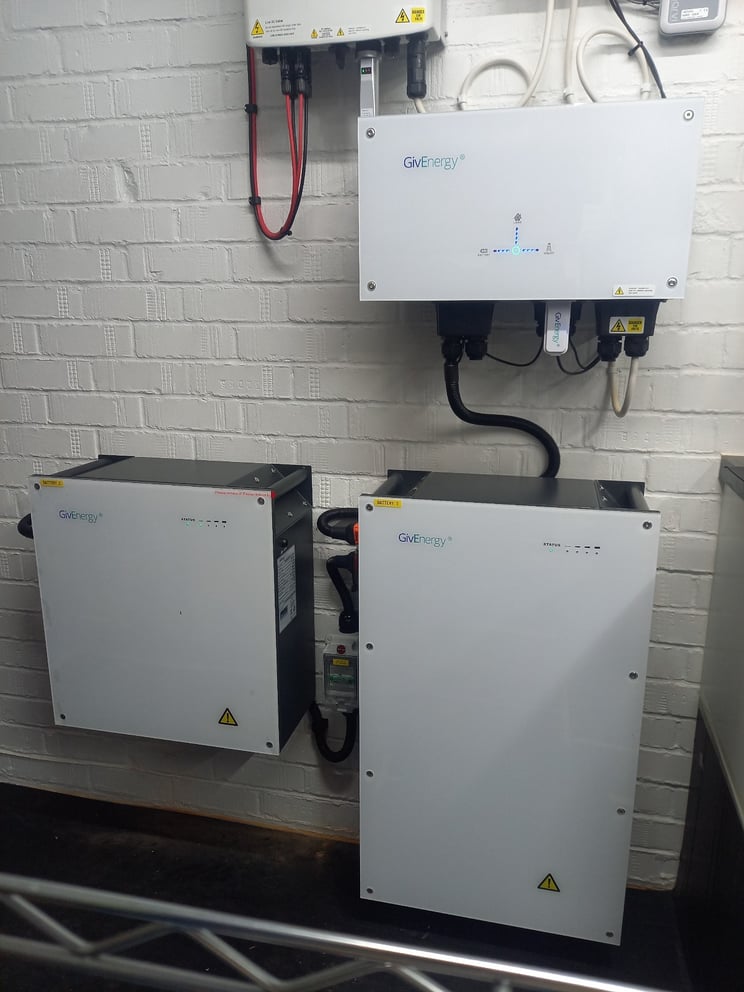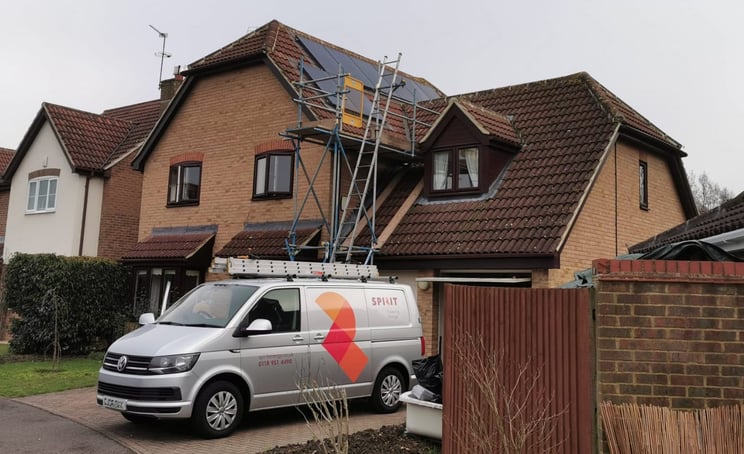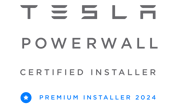This is the only photo that we have of the Powerwall 3, taken when one of our technicians visited Tesla at the ExCel in London.
Topics: Battery storage, Tesla Powerwall
Solar panels produce electricity from the sun’s rays, which means there is no greenhouse gas emissions or pollution, unlike with burning coal, natural gas or any other fossil fuels. This can significantly reduce your carbon footprint and help with the fight against global warming.
Topics: Solar PV, Environment, Benefits of Solar PV
For some, investing in solar panels in the unsettled climate of the British Isles might seem counterintuitive, but it is still a worthwhile investment. However, weather does impact the performance of solar panels, read on to find out how a solar panel system in the UK will perform come rain or shine.
Topics: Solar PV
If your buy-to-let flat were empty, it would be your absolute priority to get a tenant in – because once it’s occupied, it’s effortless passive income. Your roof is the same, it has the potential to be turned into an energy-generating business. Every day that it’s not got solar on, you’re losing money on expensive electricity bills, and you’re missing out on making additional money from selling your solar generation back to the grid.
Topics: Battery storage, Solar PV
Why do we have to apply for permission to connect to the grid?
When you install a solar/battery system larger than 3.68kW per phase, you must submit an application, usually G99, for permission to connect the system from your local Distribution Network Operator (DNO). Most solar installers will do this application on your behalf, usually after you’ve settled on a final system design.
Topics: Battery storage, Off grid, Solar PV
Solar panels for most homeowners are a large investment. The solar market has changed drastically since the shock to energy prices in 2022 and an increasing number of companies are offering free solar panel installation. This is often a marketing ploy to entice you to sign up and give them your precious data; but of course without a grain of truth they would not be allowed to advertise such offers. With marketing tactics among solar panel installers heating up as the market gets tougher and brokers being increasingly aggressive, here is a rundown on what to bear in mind when enticed by such an offer.
One of the key issues surrounding battery installation is where to locate the battery in a property. From both a practical and a health and safety perspective, location matters with battery installations, so read on to find out the factors that go into locating your battery.
Topics: Battery storage, Tesla Powerwall, FAQs
If you're out and about in Wales or Scotland later this evening, you might notice that rare phenomenon, a solar eclipse! Albeit not a total one - but what impact might such an occurrence have on your solar panel system?
Topics: Solar PV, Environment
One of the many advantages to installing a solar system in your home is not just cheaper energy bills but the value it can add to your house price. While bearing in mind concepts such as payback period and sustainability, it's also important to understand that a solar system is not a sunk cost, it is a physical addition to your property that has intrinsic value. However, the ways in which solar adds value can be poorly understood even by real estate agents, and the estimates on how much they can increase your property's value can vary quite a bit.
Topics: Solar PV

















